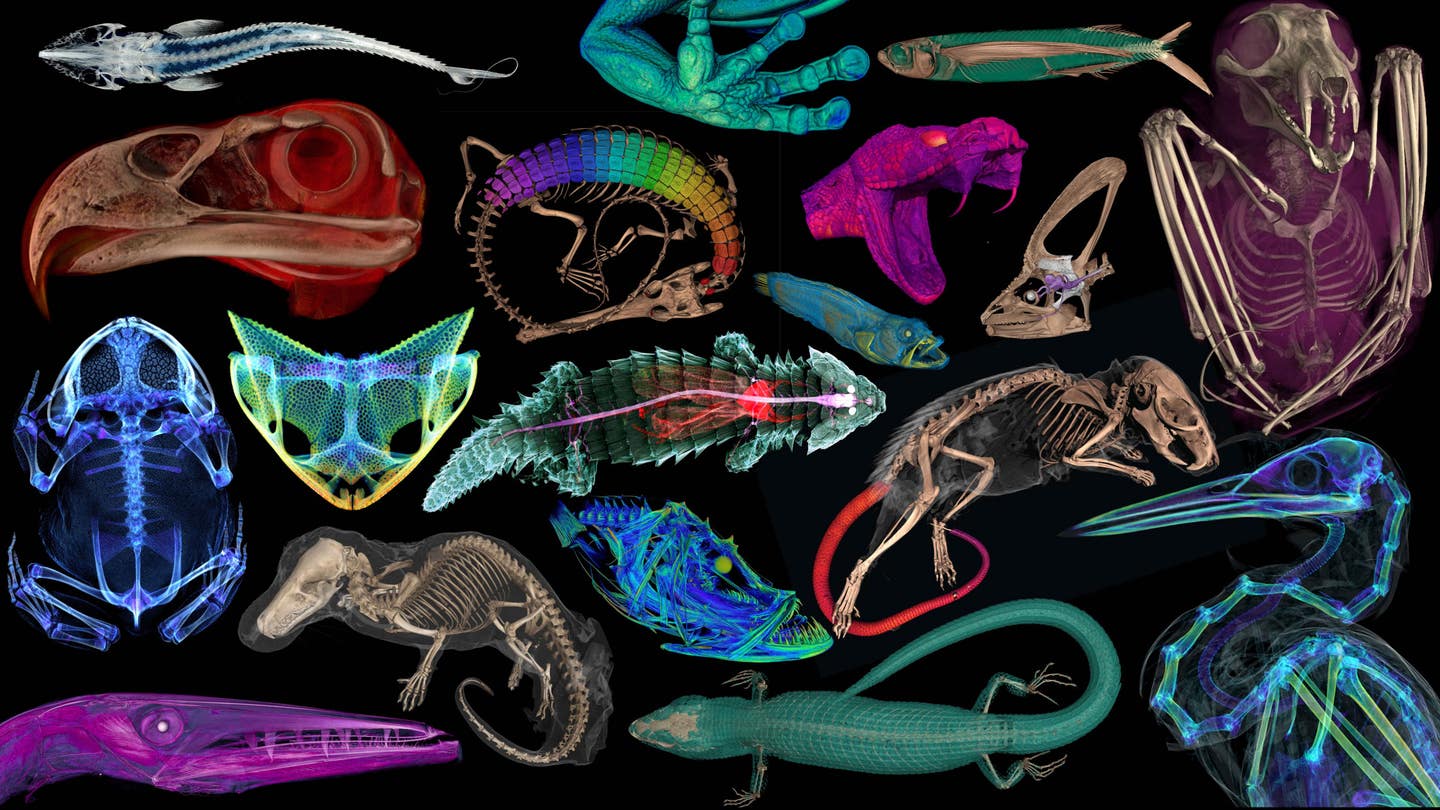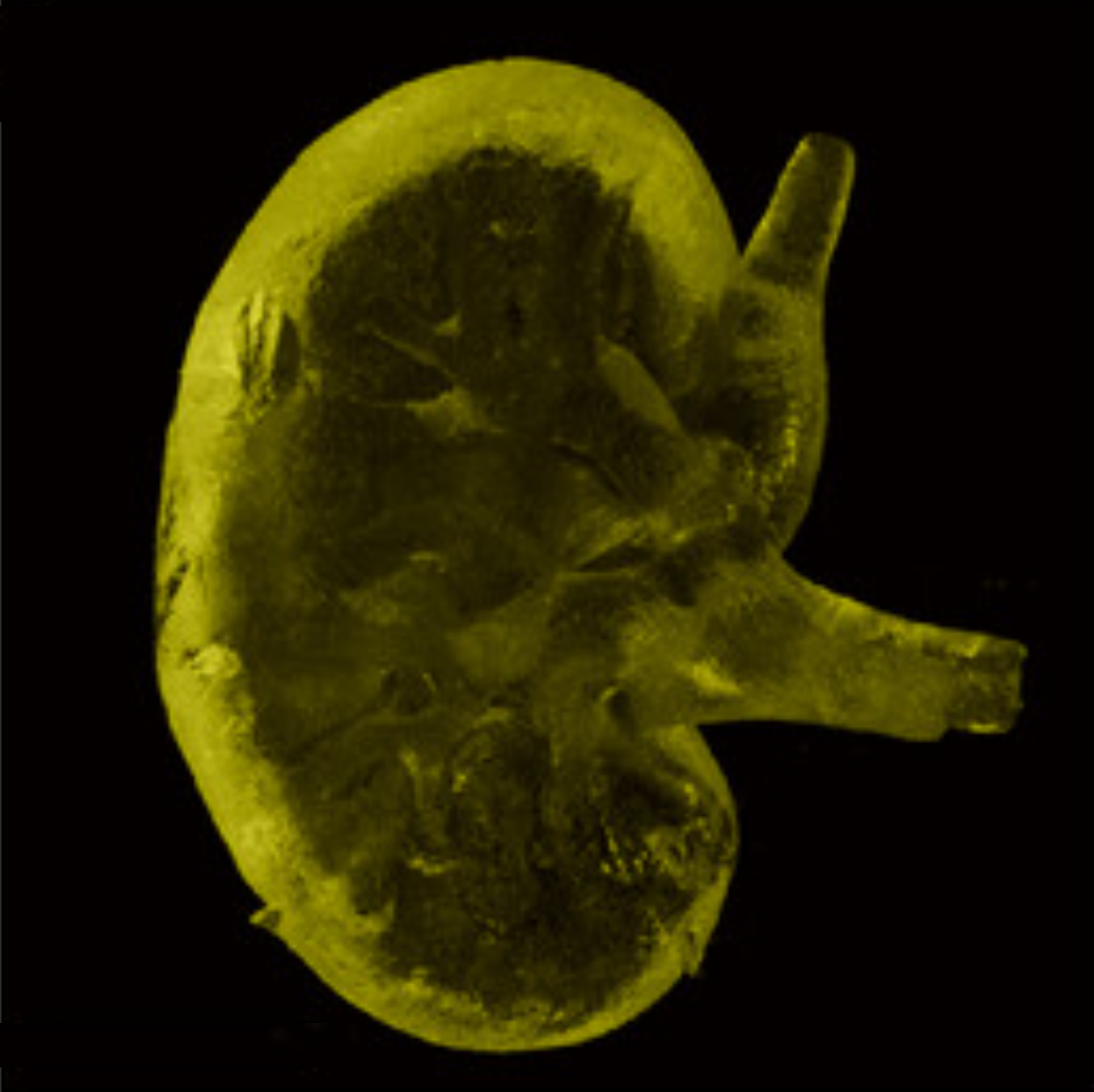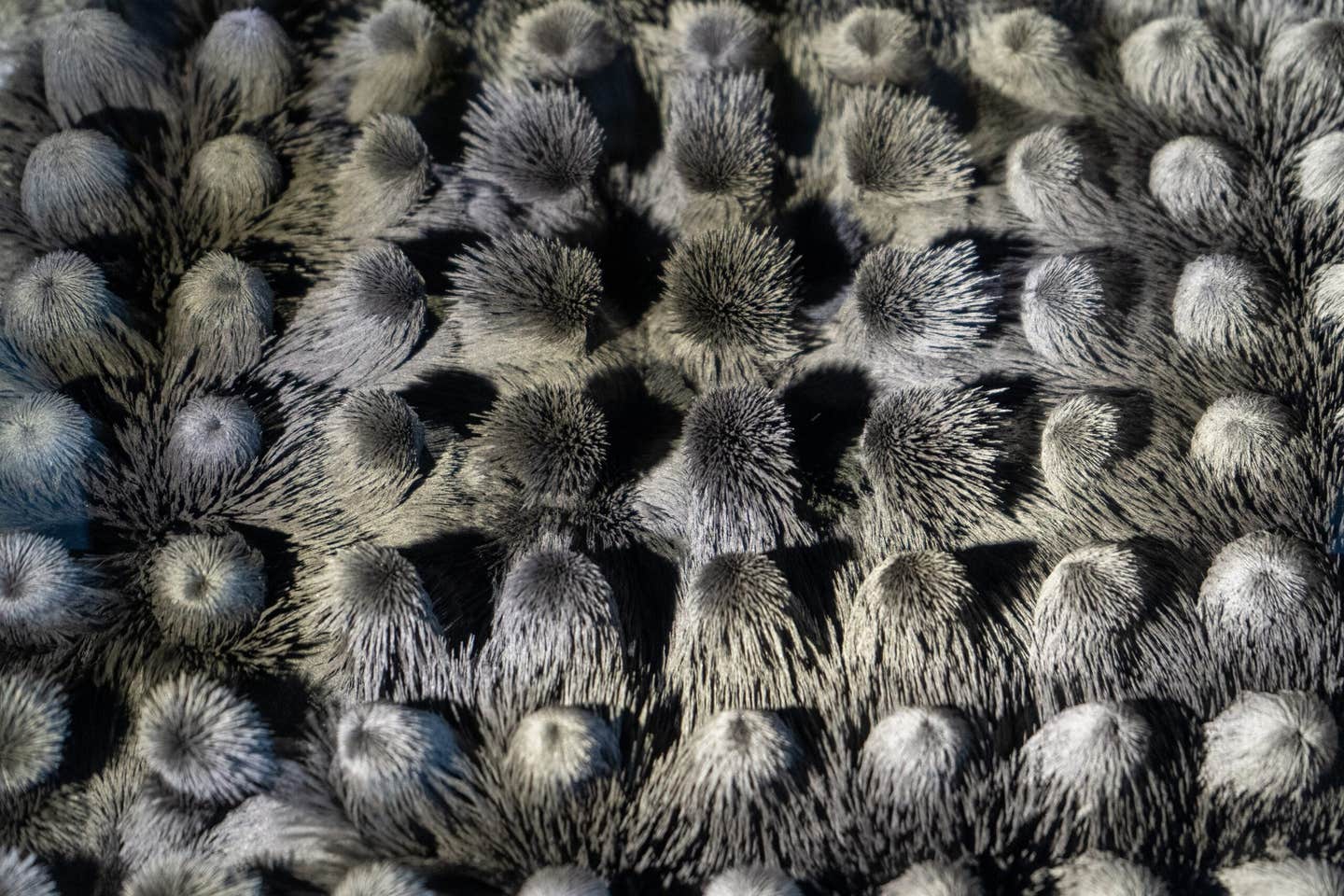The public can now access thousands of CT scanned natural history specimens for free
The openVertebrate project was a five-year initiative funded to make 3D models of museum specimens freely available to scientists & students

The openVertebrate project was a five-year initiative funded by the National Science Foundation to make 3D models of museum specimens freely available to scientists, students, teachers and the public. (CREDIT: openVertebrate)
Natural history museums have reached a significant milestone in scientific exploration and accessibility with the completion of openVertebrate (oVert), a collaborative project spanning five years and involving 18 institutions.
The project aims to create 3D reconstructions of vertebrate specimens and provide free online access to them.
In a summary published in the journal BioScience, researchers highlight the progress made in scanning specimens and discuss the potential applications of the data in driving new research questions and technological innovations.
The primarily goal behind the oVert project was to image as great a breadth of diversity across the vertebrate tree of life as possible, including fish, reptiles, amphibians, birds and mammals. (CREDIT: FLORIDA MUSEUM IMAGE BY OVERT)
Edward Stanley, co-principal investigator of the oVert project and associate scientist at the Florida Museum of Natural History, reflects on the project's significance, noting the unforeseen future that awaited the specimens when they were initially collected.
While natural history museums have evolved from exclusive cabinets of curiosity into public resources showcasing biodiversity, a significant portion of their collections remain inaccessible to the general public, limited to scientists who must either visit in person or request specimens on loan.
The oVert project seeks to change this by making data available remotely to scientists, educators, students, and artists worldwide.
Related Stories
Between 2017 and 2023, the oVert project scanned over 13,000 specimens representing various vertebrate groups using CT scanners, which provide detailed images of internal structures.
These scans offer unprecedented insights into specimens' internal anatomy, which previously could only be observed through destructive methods like dissection.
David Blackburn, lead principal investigator of the oVert project, emphasizes the project's role in balancing specimen preservation with increased accessibility, marking a logical progression in the mission of museum collections.
Initially funded with $2.5 million from the National Science Foundation and additional grants totaling $1.1 million, the project aimed to scan specimens preserved in ethyl alcohol, the primary preservation method for fish, reptiles, and amphibians. Special efforts were made to scan large specimens, such as a humpback whale, by digitally reconstructing individual bones due to size limitations.
Armadillos were long considered to be the only living mammals that produce protective bony plates, but a discovery made while CT scanning oVert specimens unexpectedly showed that African spiny mice produce the same structures beneath the skin of their tails. (CREDIT: EDWARD STANLEY)
Challenges arose in scanning moderately sized specimens, such as the iconic tortoises at the California Academy of Sciences, but innovative solutions, like using inflatable swimming tubes, were devised to overcome them.
The data generated by the oVert project has already led to groundbreaking discoveries, including the identification of internal bony plates in spiny mice tails and insights into the anatomy and behavior of various vertebrate species.
Researchers performed a digital dissection of North America's rarest snake when a specimen was found that had died while trying to eat a centipede. (CREDIT: FLORIDA MUSEUM IMAGE BY OVERT)
The project's impact extends beyond scientific research, with artists using 3D models to create realistic replicas, educators incorporating the data into classroom lessons, and museum exhibits featuring photographs of oVert specimens.
Jennifer Broo, a high school teacher in Cincinnati, praises the project's educational benefits, noting its ability to engage students with authentic scientific data.
Looking ahead, researchers acknowledge the need for sophisticated tools to analyze the vast amount of data generated by the oVert project. Initiatives like NoCTURN (Non-Clinical Tomography Users Research Network) aim to develop these tools, ensuring that the data are utilized effectively for research, education, and industry applications.
As Jaimi Gray, a postdoctoral associate at the Florida Museum working on NoCTURN, emphasizes, the goal is not just to generate data but also to empower users to explore vertebrate diversity comprehensively.
The completion of the oVert project marks a significant advancement in scientific research and public accessibility, providing unprecedented opportunities for studying vertebrate diversity and fostering interdisciplinary collaboration.
Note: Materials provided above by University of Cincinnati. Content may be edited for style and length.
Like these kind of feel good stories? Get the Brighter Side of News' newsletter.



